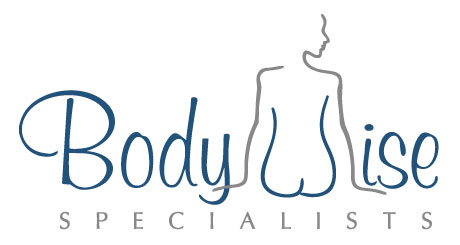NON-ABLATIVE LASER RESURFACING
At BodyWise Specialists, we offer a variety of laser treatments for your face and body.
NON-ABLATIVE LASER RESURFACING: A NATURAL SKIN CARE TREATMENT
Are you tired of your skin looking dull, red, and blotchy? Are you looking for a natural skin care treatment that won’t involve harsh chemicals or surgery? If so, then non-ablative laser resurfacing is for you.
WHAT IS NON-ABLATIVE LASER RESURFACING?
Non-ablative laser resurfacing is a non-invasive skin care treatment that uses lasers to remove the top layer of skin. This procedure is used to improve the appearance of skin by removing hair, lesions, and scars, and it is also used to decrease the appearance of wrinkles and age spots.
Non-ablative laser resurfacing can be used on all skin types, including sensitive skin. The treatment is safe and effective, with few side effects. There is no need for anesthesia or downtime, and the results are apparent quickly.

HOW DOES NON-ABLATIVE LASER RESURFACING WORK?
Non-ablative laser resurfacing is a natural skin care treatment that uses lasers to remove wrinkles, age spots, and scars. Non-ablative laser resurfacing works by vaporizing the top layer of skin, which causes the skin to heal more quickly and minimizes the chance of scarring. The treated area may feel slightly cool to the touch but soon become hot and dry. The treated area may also feel swollen somewhat for a few days after treatment, but this will go away completely within a few weeks.
There are several types of non-ablative lasers available for use in skincare. These include the Erbium: YAG (Yttrium Aluminium Garnet) laser, the most common type of laser used for skin resurfacing; the CO2 laser; and the Diode Laser. Each has its specific benefits and drawbacks, so choosing the right one for your treatment goals is essential. BodyWise Specialists can help you with it.
WHAT ARE THE DIFFERENT TYPES OF NON-ABLATIVE LASER RESURFACING
The most popular type is called ablative laser resurfacing when a doctor removes the top layer of skin using an ablative laser. This can be done using either a CO2 or a helium-neon laser. The second most common type is called fractional resurfacing, which uses multiple wavelengths of light to treat different areas of the skin at the same time. This helps reduce side effects and can be more effective in some cases than ablative laser resurfacing.
WHAT ARE THE BENEFITS OF NON-ABLATIVE LASER RESURFACING?
Non-Ablative laser resurfacing treatment comes with several benefits for those who choose it. First and foremost, it is a safe and effective way to remove wrinkles, age spots, and other signs of skin aging. Additionally, non-ablative laser resurfacing can help improve the appearance of sun damage and acne scars.
Your skin type is one of the most important factors to consider when choosing a non-ablative laser resurfacing treatment, and the technology works best on those with fair skin and light acne scars. It is also important to consult with our doctor before undergoing any treatment, as some patients may experience mild burning or peeling at the procedure site.
IS NON-ABLATIVE LASER RESURFACING RIGHT FOR ME?
Non-ablative laser resurfacing is quickly becoming one of the most popular skin care treatments. This treatment uses lasers to remove the top layer of the skin without causing any scarring. Many say this treatment is comparable to surgery in terms of results. However, non-ablative laser resurfacing is not for everyone.
- Non-ablative laser resurfacing can be costly.
- Non-ablative laser resurfacing is not for everyone. If you have any sensitivity to light or lasers, this treatment may not suit you. Additionally, non-ablative laser resurfacing may not be the best option for you if you have certain skin conditions.
- Non-ablative laser resurfacing can take up to two weeks before you see results.
- Non-ablative laser resurfacing is not a permanent solution. If you have significant skin damage, or if your skin does not respond well to laser therapy, other therapies may be recommended.

